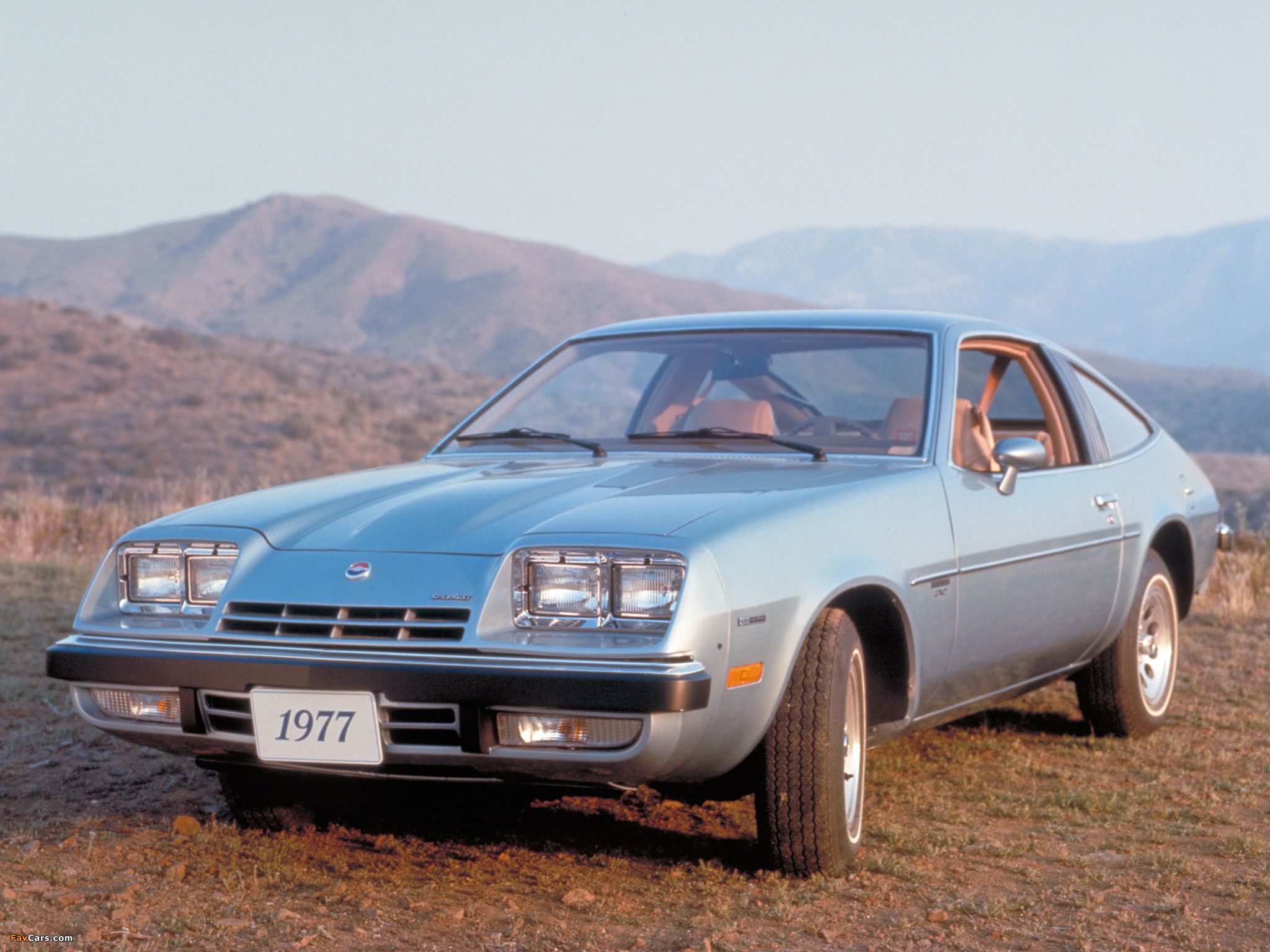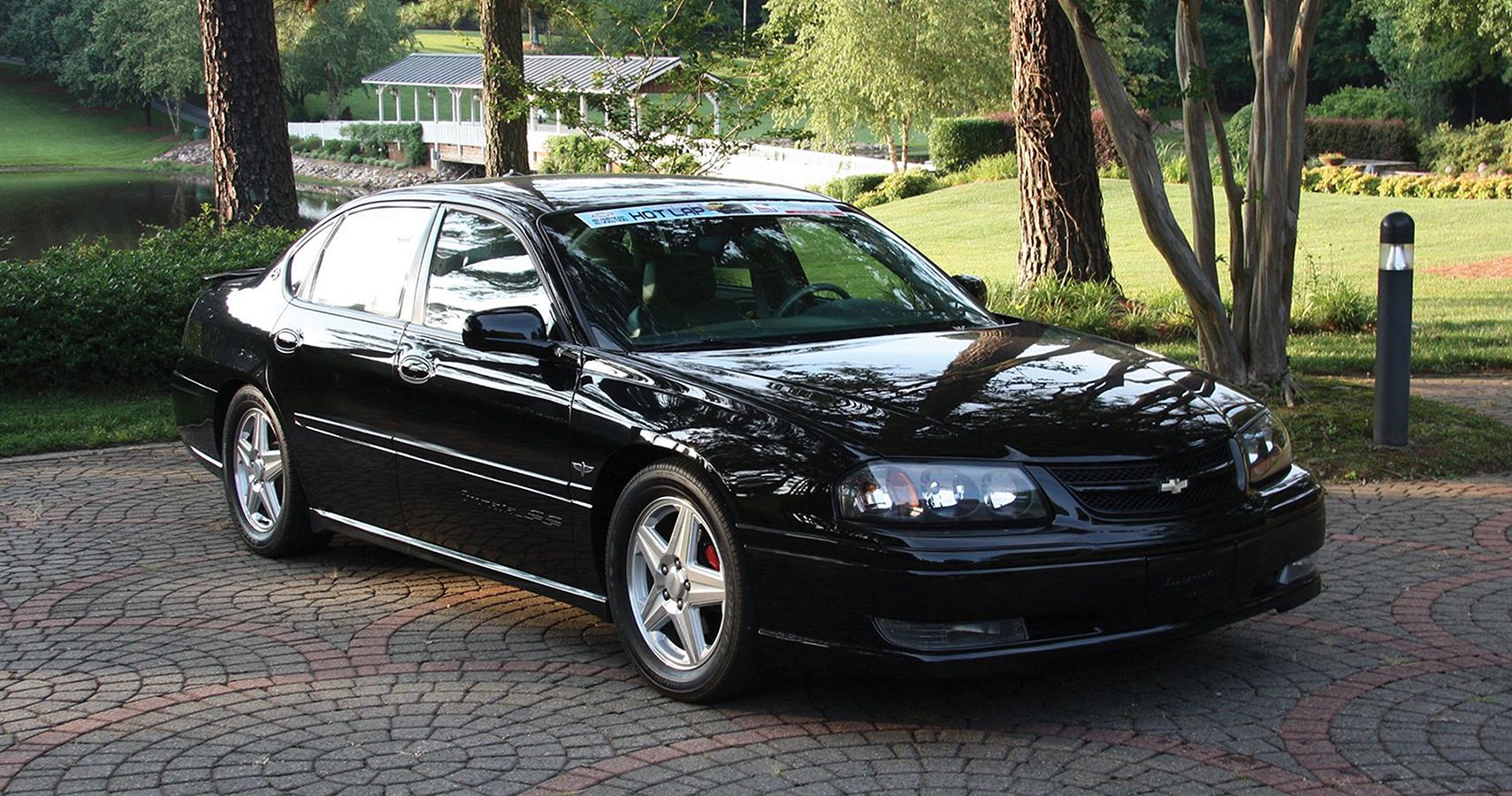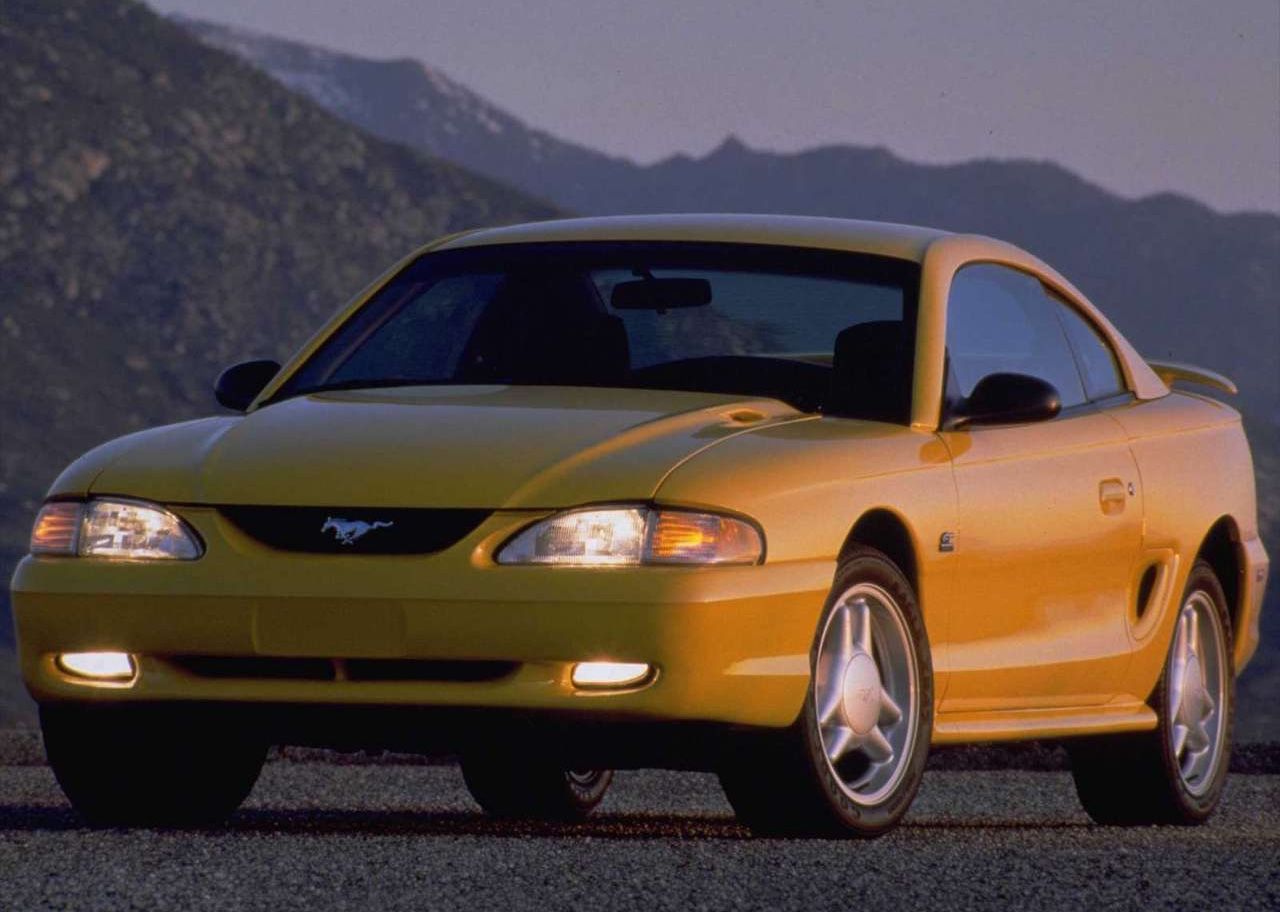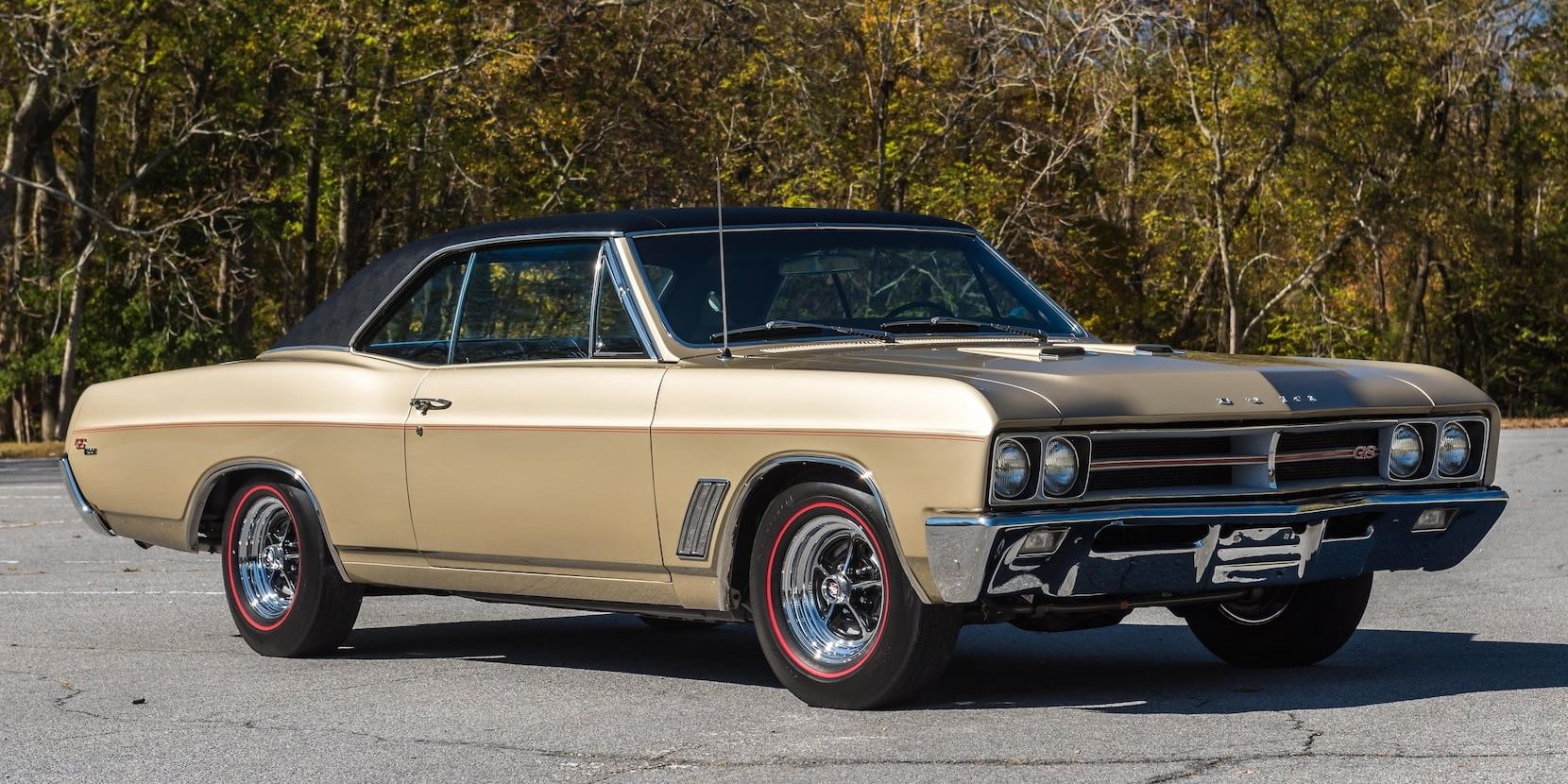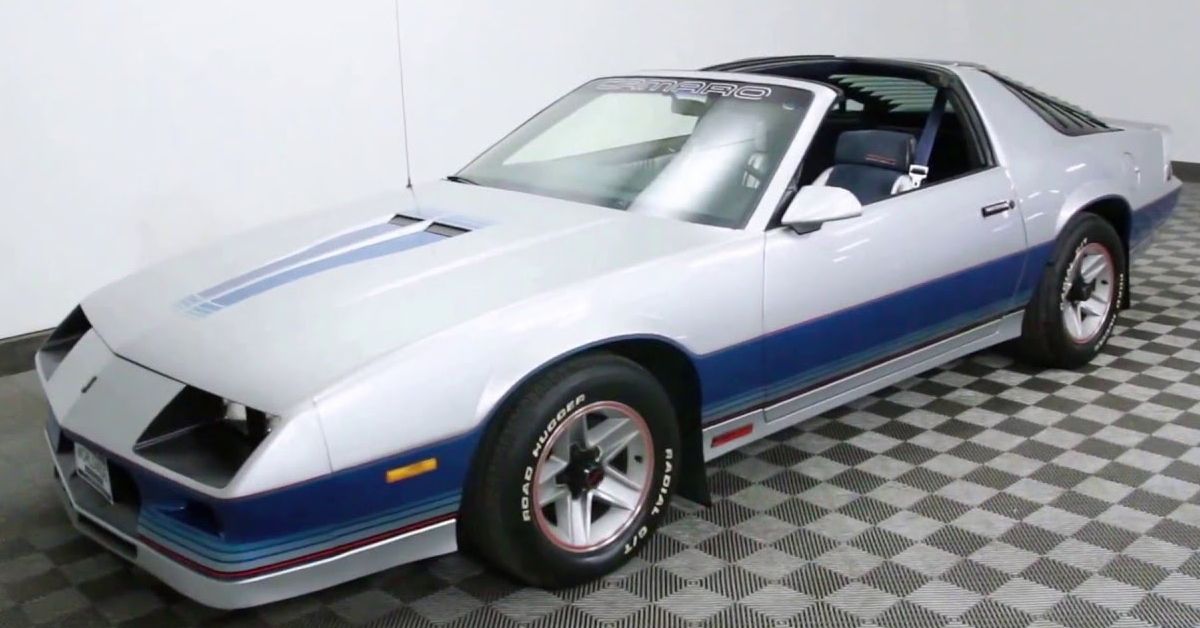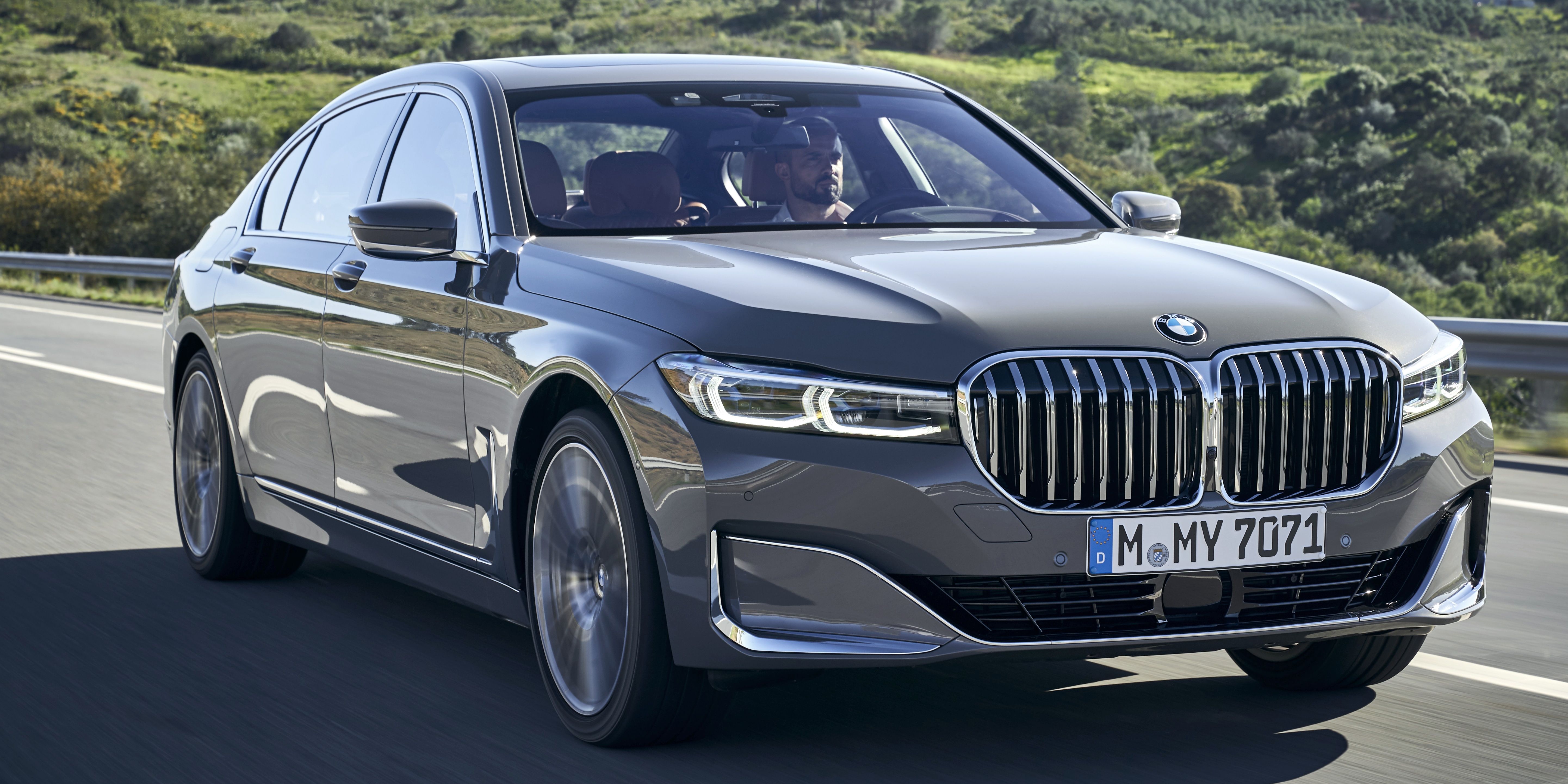The muscle car is America’s most significant invention in the world of automotive performance, take a two-door coupe, cram a V8 under the hood and proceed to light up your rear wheels, all in the name of straight-line speed. As a result, American muscle skyrocketed in the late ’60s and early ’70s, offering numerous gas-guzzling V8-powered muscle cars at an affordable price.
Nameplates such as the Chevrolet Camaro, Ford Mustang, and Dodge Challenger have ascended to automotive royalty. But no car is perfect; even these three have some skeletons in the closet. For example, the slowest muscle car to ever adorn our roads was a Camaro! The ‘Iron Duke’ from 1982 arrived with a pathetic 0-60 of 20 seconds, partnered with a pitiful top speed of 85mph. If Chevrolet were willing to butcher their premium muscle car? Who else went far and beyond killing this finely-tuned American tradition? Here are ten woefully bad muscle cars that belong on a scrap heap.
10 1975 Chevrolet Monza
Chevrolet’s 145-hp Monza saw 731,504 units produced over five years. The Chevrolet Monza was supposed to compete with the many Japanese sports cars dominating the market during this period, and on paper, things looked promising. Initially, the Monza was powered by a Wankel rotary engine to help shift American tastes onto the sports car aesthetic.
Sadly, General Motors’ rotary engine never materialized, and the Monza drew power from a very American 5.0-liter V8. Chevrolets Monza lacked the shoulders of a muscle car and the front-wheel drive flair required of a sports car; thus, the little Monza remained on the fence, battling its personality complex. Today the Monza sells for an average of $12,725, according to classic.com.
9 1979 Ford Mustang
Designed by Jack Telnack, the Ford Mustang made its third-generation debut on the new ‘Fox Body’ platform. Ford needed to give its muscle car flagship a fresh start during tight emissions controls and chose to adopt a more European approach by creating a compact generation of their flagship muscle car.
Ford’s 1979 Mustang sold a whopping 369,936 units within its first year.
Unfortunately, Ford’s first stab at the third-gen Mustang was hideous and arrived shockingly underpowered across multiple engine options, most notably, the V8 producing a lackluster 140 hp and 250 lb-ft of torque at 1,800 rpm. Although the fox body mustang has become loved by tuners, the debutant 1979 took a couple of years to iron out that ugly face.
8 1974 Chevrolet Nova SS
An original Chevrolet Nova SS from the late sixties came armed with a 6.5-liter big-block producing 295 hp as the little muscle car made a strong stance in the North American market. However, By 1974 the legendary SS moniker had become a mere trim level costing owners $123 on top of the compact Chevrolet Nova.
In fact, by 1973, the Nova had been reduced to a hatchback body and drew power from a greatly restricted V8 appropriate for the ’70s. So, 175 hp was your maximum output, and the SS package littered the once-great muscle car with ‘Super Sport’ stickers marking the end of the muscle car era.
Chevrolet’s little Nova had its best-selling year with this hunk of junk, 1973 saw 35,542 sales of the SS Nova, and today you can pick them up for roughly $23,930.
7 2004 Chevrolet Impala SS
The Impala saw Chevrolet’s first use of the SS (Super Sport) moniker in 1961, Chevrolet bestowed this tag upon their most extraordinary creations after that, but sometimes money comes first.
2004 saw the Impala attempt to turn back the clock. Now a front-wheel-drive family sedan, Chevrolet equipped the 2004 ‘SS’ with a supercharged V6, producing a measly 240 hp. Unfortunately, this midlife crisis on wheels had a 0-62 time of 6.5 seconds.
Putting that into context, a Nissan Altima of the same period came with 250 hp and a faster 0-60 of 6.2 seconds. But, unlike Chevrolet, Nissan had the decency to avoid the Skyline moniker for their family sedan.
6 1981 Mercury Capri
In 1979 Ford brought their European Capri coupe home and marketed it under the Mercury brand. This European legend arrived on the new Fox Body platform. An alternative to the Mustang, although they both came from the same parts bin. Today, a Mercury Capri costs $16,482 on average.
The Mercury Capri was supposed to be a luxurious alternative to the Mustang and came equipped with a 4.2-liter V8 producing 120 hp. But, what’s more embarrassing, the 2.3-liter turbocharged option was more powerful, rated at 132 hp.
5 1994 Ford Mustang
Ford’s fourth-gen Mustang arrived in 1994 after the company underwent a $700 million project to fine-tune the Fox Body platform. Named the SN95 Mustang or ‘Fox 4’ among enthusiasts, the 90s ‘stang’ only highlighted the existing issues with American muscle.
Ford sold the fourth-gen Mustang between 1994-2004, amassing an astonishing 1,562,529 sales over ten years.
Ford equipped the debutant SN95 Mustang with a 3.0-liter OHV Essex V6 capable of 150 hp and a guttural 215 lb-ft of torque at 2,500 rpm. An underwhelming start that got worse when the Mustang GT arrived armed with a 5.0-liter V8 producing 215 hp. Quirky design and underpowered performance left muscle car enthusiasts wondering which direction the Mustang was heading.
4 1967 Buick Gran Sport
Arriving at the dawn of the muscle car, Buick created the GS 400 luxury barge. Armed with a 6.6-liter 340 hp V8, Buick sold 13,813 GS 400s.
What let the Buick GS 400 down was its portly frame, weighing a tubby 4,189lbs; many note difficulty operating the GS 400 and prefer Buick’s later Muscle car alternatives.
3 1982 Chevy Camaro Iron Duke
Sadly, the Camaro Iron Duke is the worst muscle car ever. Arriving in 1982, General Motors required sturdy dependability. So they chose to equip their vehicles with a cast iron lump of simplicity known as the Iron Duke, a disgusting excuse of a powerplant slithered its greasy pistons into muscle car royalty between 1982-1986; they even sold 64,882 Camaro Iron Dukes in 1982!
The 2.5-liter Camaro Iron Duke produced an atrocious 90 hp as it dragged its hefty 2,864-lb chassis across the tarmac. A four-cylinder muscle car that took 20 seconds to reach 60 mph was hardly worthy of the Camaro nameplate.
2 1978 Ford Mustang II King Cobra
The 1974 Motor Trend car of the year was the Ford Mustang II King Cobra, a 140-hp Mustang that embraced the era’s compact nature. However, Ford’s flagship muscle car arrived with a 4.9-liter V8 producing a lowly 140-hp yet impressive 250 lb-ft of torque at 3,500 rpm. Many preferred the second-gen Chevrolet Camaro which continued to adopt a wide-stance muscle car aesthetic.
The biggest problem with the Mustang II was its brother, the Pinto, with which it shared parts. Ford had torn up the Muscle car formula and added the unreliability of the fragile Pinto for their fan-favorite muscle car, resulting in a Mustang worth forgetting about.
Fords Mustang II sold 1.1 million units over four years, while the first-gen Mustang sold 1.3 million in its first three years! (1964-1967). Today, you can pick up an average second-gen Mustang for $15,883.
1 1976 Dodge Aspen R/T
The Dodge Aspen R/T had incredible potential on the new Chrysler F-body platform, the muscle car for the future. Drawing power from a 5.9-liter V8, the Aspen produced 170 hp and 280 lb-ft of torque, a signal of improving statistics for the whimpering power figures of ’70s American muscle.
Sadly, the Aspen and brother Plymouth Volare arrived under-developed and quickly became the most recalled cars of the period. Between 1976-1980 its suspected 1.3 million vehicles were recalled due to faulty brake lines, detaching seatbelts, and exploding fuel lines, alongside poor build quality, which saw premature rusting to the body.
